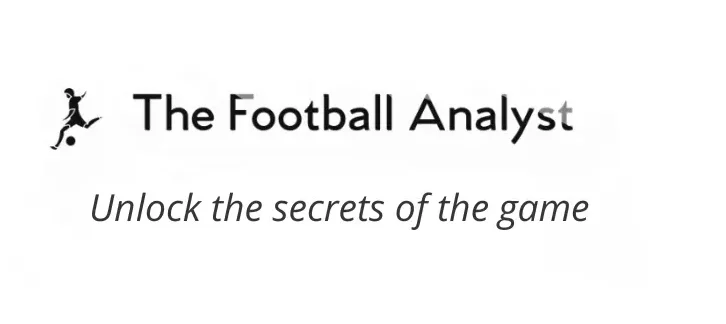In modern football, attacking strategies have evolved to maximize scoring efficiency, and one of the most effective offensive techniques is the cut-back pass. A cut-back occurs when a player advances into a wide area, typically near the byline, and then passes the ball backward towards teammates arriving in or around the penalty box. This technique is a crucial part of positional play, as it breaks down defensive structures and creates high-quality goal-scoring opportunities.
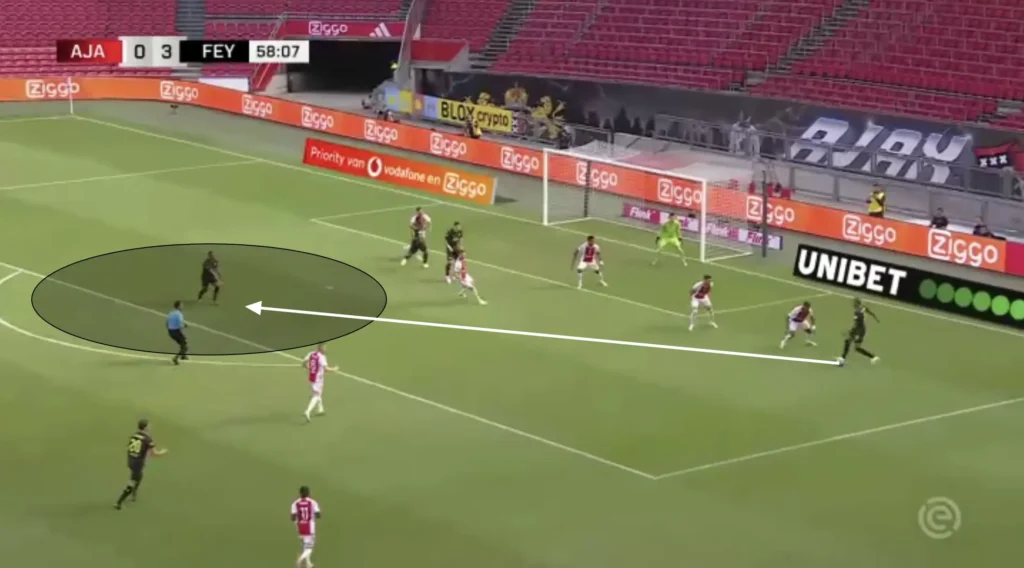
Cut-backs are particularly valuable against deep-lying defenses that pack the penalty area, limiting space for direct shots or traditional crosses. Instead of delivering an aerial cross into a crowded box, attackers use cut-backs to exploit space left behind defenders who have retreated toward their own goal.
Execution of a Cut-Back
A successful cut-back requires coordination, timing, and precise decision-making. Here’s how it is executed:
Step 1: Reaching the Byline
The attacking player—typically a winger, fullback, or attacking midfielder—dribbles or receives a pass in a wide area near the byline. The goal is to stretch the defensive line and force defenders to retreat. Quick acceleration and dribbling skills are essential for getting past markers and creating the necessary space.
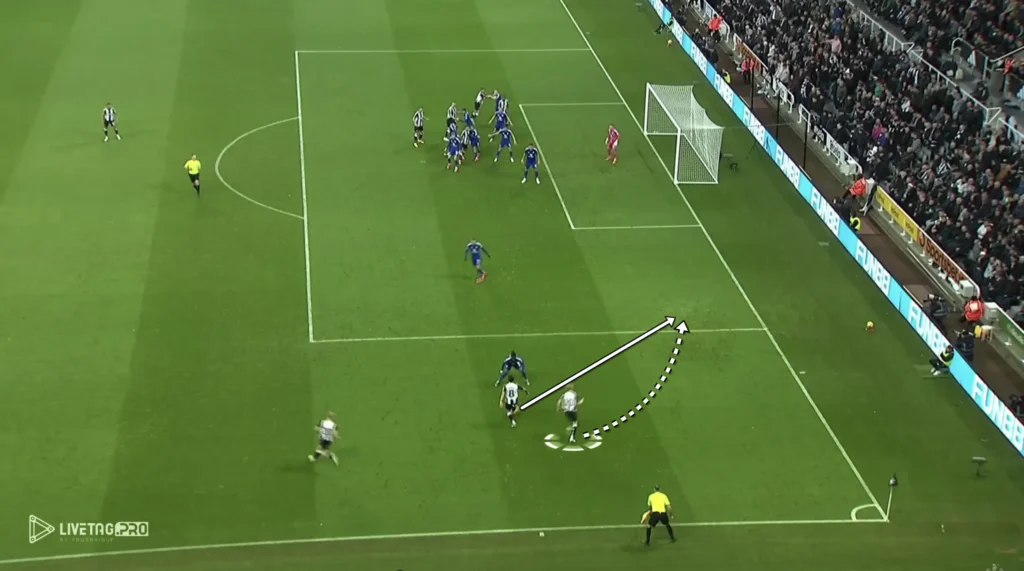
Step 2: Awareness and Scanning
Before executing the cut-back, the attacker must scan the penalty area to locate teammates making late runs. Awareness is crucial because a well-placed cut-back can be the difference between a clear shot and a wasted opportunity. The best attackers develop a habit of checking over their shoulders before reaching the byline.
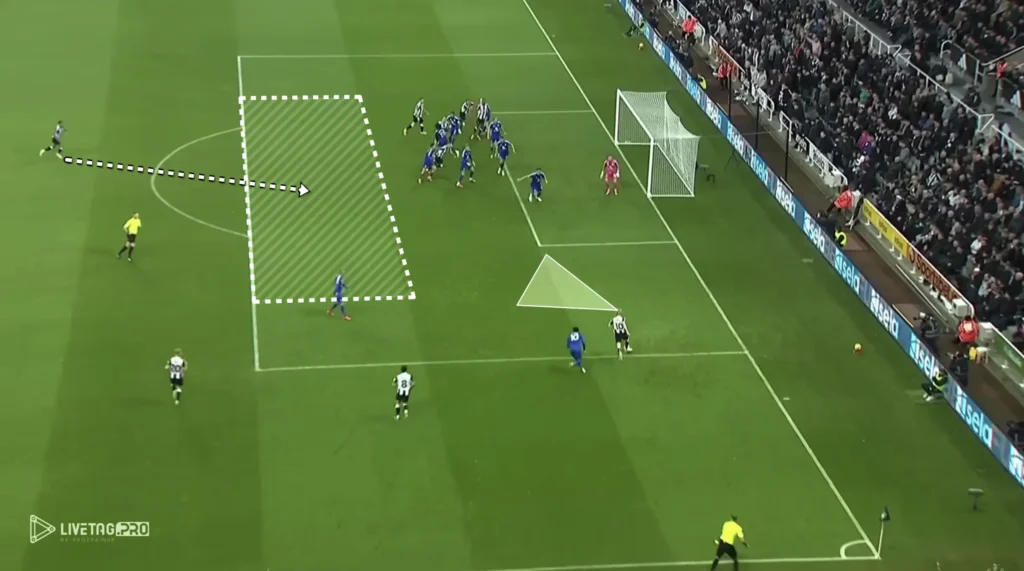
Step 3: Executing the Pass
The player delivering the cut-back uses either the inside of the foot (for precision) or a driven pass (for speed) to play the ball back toward the penalty spot or the edge of the six-yard box. The key is to ensure that the ball is easy for the arriving attacker to strike first-time. A slightly curved pass increases accuracy, reducing the risk of defenders intercepting it.
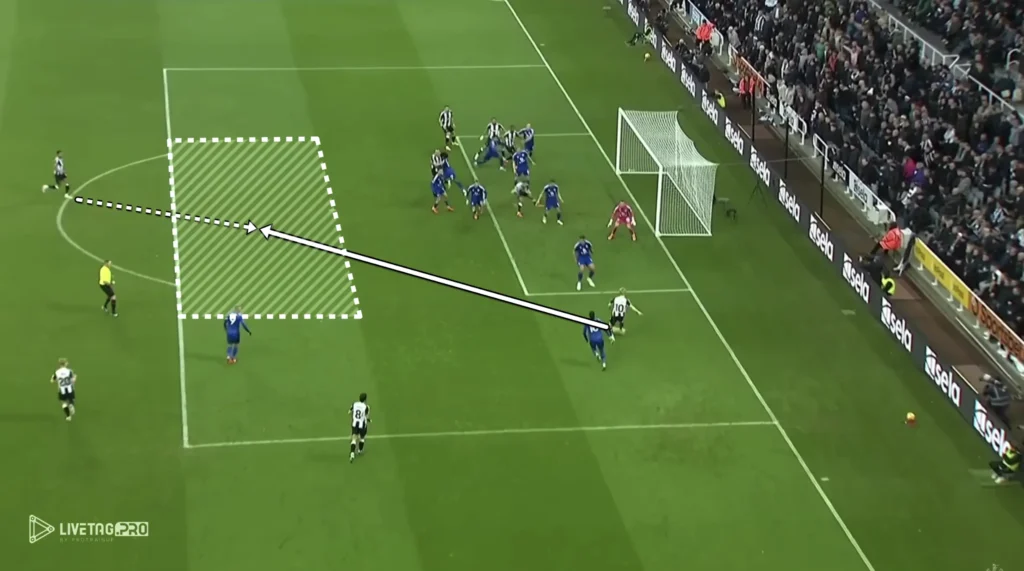
Step 4: Shooting and Decision-Making
Once the cut-back is played, the receiving player must quickly decide whether to take a first-time shot, control the ball for a better angle, or pass to another teammate in an even better position. Situational awareness and composure under pressure are critical here.
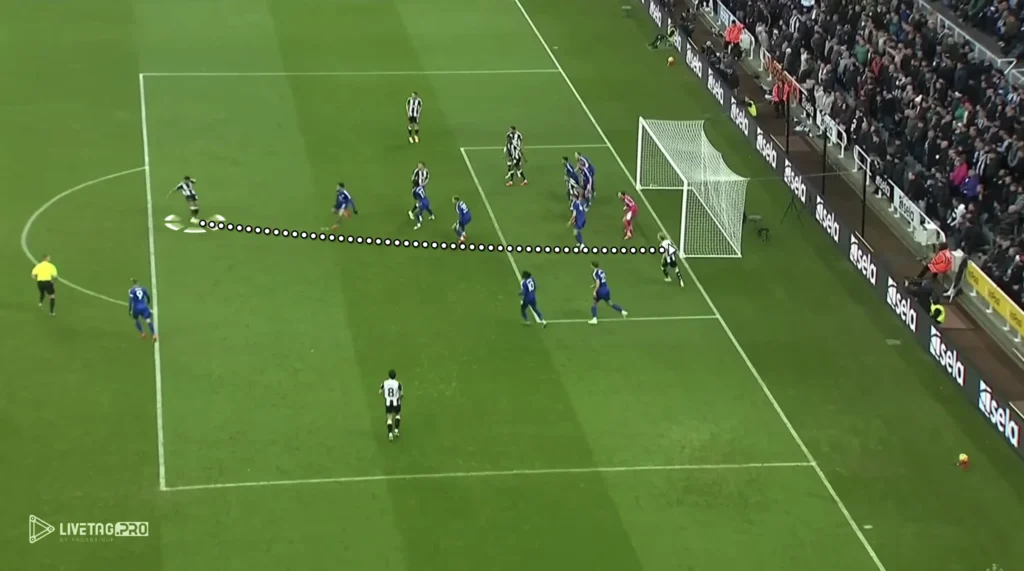
Why Are Cut-Backs So Effective?
Cut-backs work because they disrupt defensive shape and provide attackers with clear goal-scoring opportunities. Here are some reasons why they are so effective:
1. Exploiting Defensive Movement
When defenders track back to cover a player near the byline, they often move toward their own goal. This leaves gaps at the edge of the six-yard box and penalty spot, which attackers can target. Since defenders are focused on stopping the ball-carrier, they may fail to anticipate a cut-back, leaving attackers unmarked.
2. High-Quality Chance Creation
Statistical analysis of goal-scoring patterns shows that shots taken from cut-backs have a higher expected goal (xG) value than shots from traditional crosses. This is because cut-backs allow attackers to strike the ball while facing goal, often without defensive pressure. Studies show that teams using cut-backs frequently generate more clear-cut chances compared to those relying on aerial crosses.
3. Breaking Down Deep Blocks
Low-block defenses often congest the penalty area, making it difficult to find space. However, cut-backs target the ‘golden zone’ just outside the six-yard box and around the penalty spot, where attackers can get off a clear shot. This is particularly effective against well-organized defensive teams that focus on blocking central passing lanes.
4. Disrupting Defensive Shape
Defenders often struggle to shift quickly after retreating toward their own goal. When a cut-back is played, they must react rapidly, turn their bodies, and try to block the shot or intercept the pass—often resulting in delayed or mistimed defensive actions. This creates opportunities for attackers to exploit gaps left by scrambling defenders.
5. Unpredictability and Tactical Flexibility
Unlike traditional crossing strategies that rely on target men or aerial duels, cut-backs can be utilized by teams of all playing styles. Possession-based teams use cut-backs to create controlled attacking sequences, while counterattacking sides leverage them to take advantage of numerical superiority in transition.
6. Effective Against Different Defensive Setups
Cut-backs work against various defensive structures, whether a team is defending in a deep 1-5-4-1 block or pressing in a 1-4-3-3 shape. Their effectiveness stems from the late-arriving attacker’s ability to exploit unoccupied spaces, making it difficult for defenders to predict and intercept the pass.
7. Complementing Other Attacking Strategies
Cut-backs are often used in combination with other attacking moves, such as third-man runs, underlaps, and overlaps. Teams that integrate cut-backs with positional rotations create unpredictable attacking patterns, keeping defenses on the back foot.
Training Drills to Perfect Cut-Backs
To master cut-backs, teams must incorporate specific drills into their training routines. Here are some effective exercises:
1. Byline Cut-Back Drills
- Players take turns dribbling to the byline and delivering cut-backs into a designated target zone.
- One or two attacking teammates make timed runs into the penalty area to finish first-time.
- Emphasis on precision and decision-making under pressure.
2. Small-Sided Games with Cut-Back Emphasis
- Set up a small-sided game where goals scored from cut-backs count double.
- This encourages wingers and fullbacks to look for cut-back opportunities instead of crossing or shooting from wide areas.
3. Shadow Defending Drills
- Defenders practice marking attackers making late runs while wingers practice delivering cut-backs under pressure.
- This helps both attackers and defenders understand the key movements involved in cut-back scenarios.
4. Positional Play Drills
- Teams work on moving the ball quickly to wide areas before setting up cut-back scenarios.
- Midfielders and forwards work on timing their arrivals into the box for a cut-back finish.
Common Defensive Adjustments Against Cut-Backs
Since cut-backs are such an effective attacking strategy, teams have developed defensive strategies to counter them:
1. Covering the Passing Lane
Defenders position themselves in the cut-back zone to intercept low-driven passes. This requires anticipation and disciplined positioning to cut off passing options before the ball reaches an attacker in a dangerous area.
2. Tracking Late Runners
Midfielders and defenders are coached to track attackers making late runs into the box. By staying aware of opponents arriving at the edge of the penalty area, defenders can reduce the number of unmarked players in key scoring positions.
3. Blocking the Byline
Fullbacks and wide defenders attempt to force attackers toward the sideline, limiting the angle for a cut-back. By closing down space early and preventing the attacker from getting to the byline, defenders can disrupt the effectiveness of the cut-back.
Conclusion
Cut-backs are one of the most efficient goal-scoring strategies in football today. Their effectiveness lies in the ability to create clear shooting chances by pulling the ball back into dangerous areas, bypassing retreating defenders.
Understanding, training, and applying cut-backs in match scenarios can significantly improve a team’s offensive output, making them a key element of modern football tactics.
